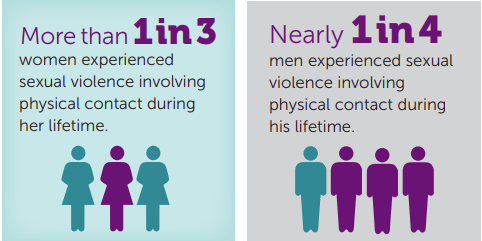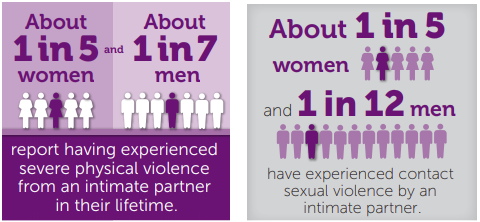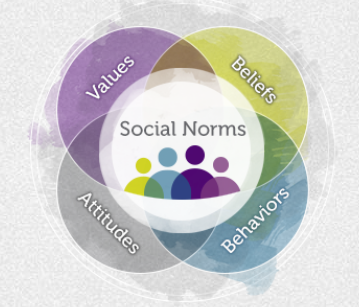| Both sexual violence and intimate partner violence are significant public health issues that have many individual and societal costs. These types of violence impact every community and people of all genders, sexual orientations, and ages. It can have profound impacts on lifelong health, opportunity, and well-being. Sexual and intimate partner violence can be prevented. | |
 |  |
| Sexual violence is any type of unwanted sexual act. Forms of sexual violence include: | Intimate partner violence is physical, sexual, or psychological harm by a current or former spouse or dating partner. Intimate partner violence can include the following: |
|
|
For more information on intimate partner and sexual violence in North Dakota, visit the North Dakota Domestic and Sexual Violence Coalition (NDDSVC).
What are the Social Norms that Contribute to Violence Against Women?
Social norms refer to values, beliefs, attitudes, and/or behaviors shared by a group of people. They are often based on what people believe to be normal, typical, or appropriate. The way we react to violence may be based on what we see other people do, or how we think other people would act. In other words, our reactions are based on what we believe is normal or appropriate.
 | VetoViolence has a social norms resource that shows how attitudes, beliefs, and behaviors based in misperception can create risk for violence. It explains how social norms approaches can be used to prevent violence. |
